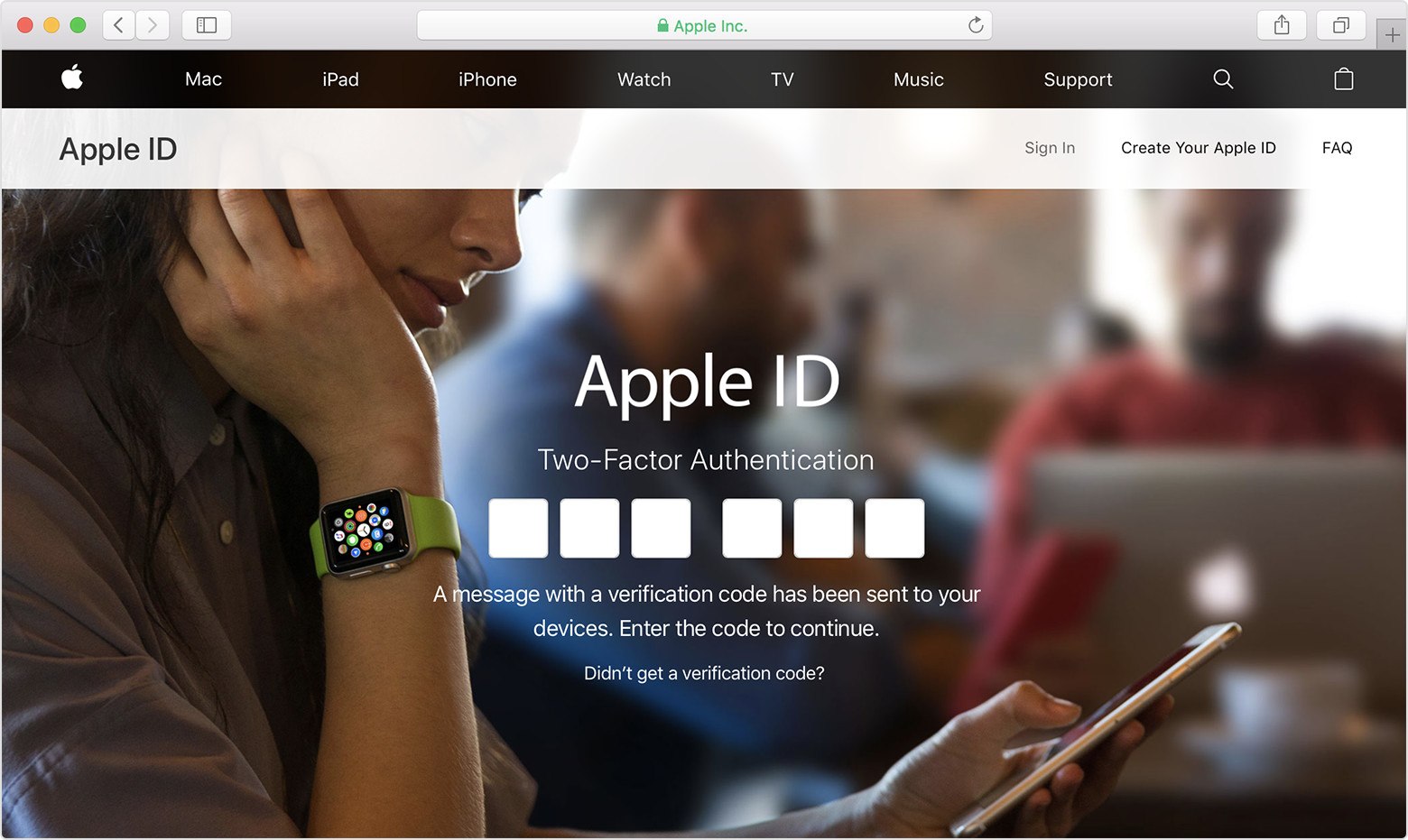Cyber hacking is the type of crime that will hit you hard when you least expect it. As such, it’s important to be vigilant, especially with how you do things online. A year ago, an infamous hacker group called the Turkish Crime Family claimed that they had access to over 250 million iCloud accounts. They further stated that they had the power to reset passwords whenever they wanted. And while it’s difficult to tell the legitimacy of their threat, their statements make now as good a time as ever to secure your Apple ID.
As recommended by tech experts and stores that sell cell-phone units, here are three effective ways to protect your digital data:
Change your Apple ID password regularly.
Everyone who has an online presence has a password. These passwords help in protecting your digital information, but only to some extent. Despite being the most common method of security, passwords are naturally unsafe given that they are pieces of information. They aren’t linked to anything physical, which makes them easy to steal. Cyber attackers can acquire passwords from any susceptible database.
The best way to protect your digital data is to change your Apple ID password as often as possible. This can be a nuisance, but it’s an effective way to make certain you can use and secure your iCloud account for a long time.
It’s also important to pick a strong password every time you change it. Avoid using identifiable patterns between each password change.
Activate two-factor authentication.
A more powerful way to protect your Apple ID from hackers is to activate two-factor authentication. It’s an added security measure that can keep intruders away even if they’ve managed to hack your current password. The unique second-factor process also acts as your notification alert if someone’s trying to access your account. To turn on this feature:
- Access your Apple ID account. For iOS devices, look for iCloud Settings. For macOS devices, go to System Preferences.
- Log in.
- Choose Security.
- Activate Two-Factor Authentication.
- Set up the numeric code that will act as the second factor for authentication (the first one is your password) every time you (or others) try to access your iCloud account using a new device.
Back up susceptible data.
This may seem counterproductive since Apple users use their iCloud account to back up the data on their Apple devices, but it’s not. Backing up your files is a clever idea, particularly if you have confidential digital data. The best way to do this is to use an iTunes backup to secure your iPhone/iPad/iPod data to your Mac or PC. To do so:
- Launch iTunes on your Mac or PC.
- Plug your device into your computer.
- Click the small phone icon in iTunes to activate your device’s menu. It’s located under the play controls.
- Choose Summary. A pop-up will appear with three boxes.
- Click Select Backups.
- Choose to either Automatically or Manually back up your device. If you choose the former, every time you plug in your device, iTunes will back up new and updated data. If you choose the latter, you get to decide when you’d want to save and secure your new files.
Once you’ve changed your passwords, activated two-factor authentication, and backed up your data, you’ve already done a great deal to secure your Apple ID.










